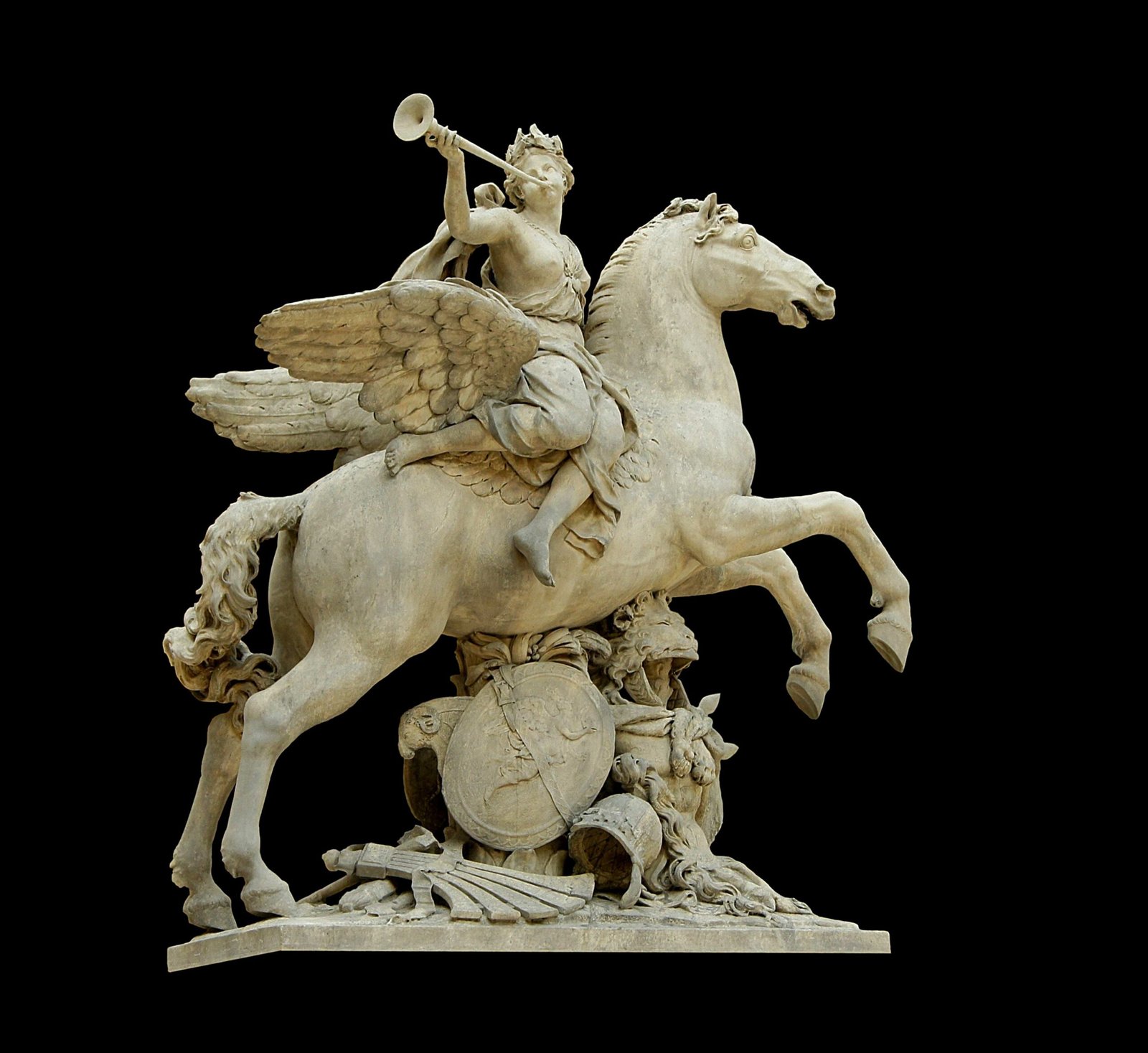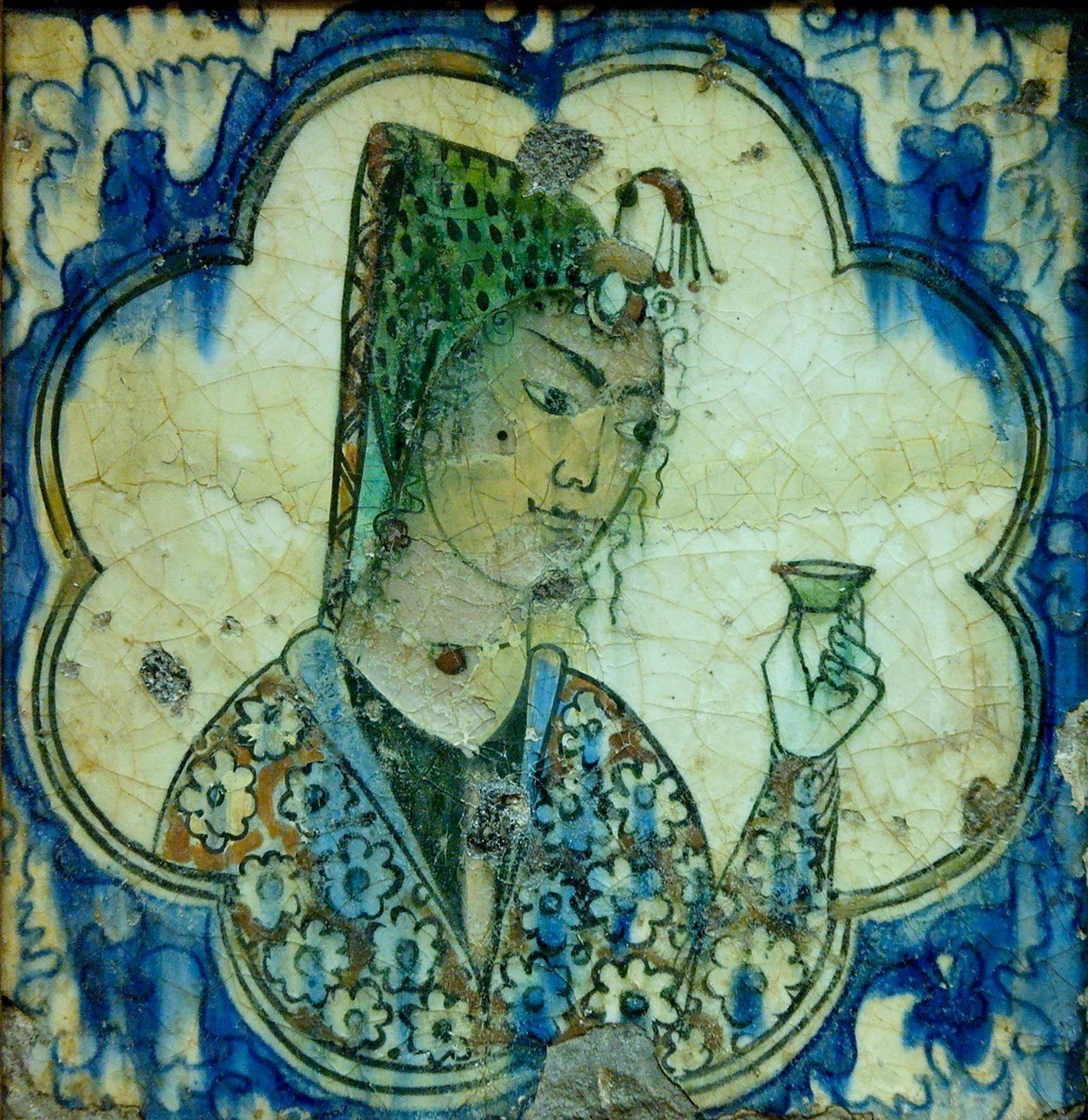The Louvre Museum design concept, centered around I.M. Pei’s iconic glass pyramid, represents a groundbreaking fusion of modern architecture with historical context. This innovative design seamlessly integrates contemporary elements into the classical surroundings of the Louvre Palace, creating a harmonious blend of old and new. The concept focuses on transparency, functionality, and respect for the existing architecture, revolutionizing the museum’s accessibility and visitor experience.
What Are the Key Elements of the Louvre Museum Design Concept?

The Louvre Museum design concept encompasses several crucial elements:
- The Glass Pyramid
- Underground Lobby
- Integration with Historical Architecture
- Improved Visitor Flow
- Structural Innovation
Let’s delve deeper into each of these elements to understand their significance in the overall design concept.
How Does the Glass Pyramid Embody the Design Philosophy?

The glass pyramid, standing at the heart of the Louvre Museum design concept, embodies a philosophy of transparency and modernity. Here are its key features:
- Height: 20.6 meters (70 feet)
- Base: 35 meters (115 feet) square
- Construction: 603 rhombus-shaped and 70 triangular glass segments
- Support: Stainless steel and aluminum structural frame
The pyramid’s design aims to:
- Minimize visual impact on historical surroundings
- Create a sense of lightness and transparency
- Provide a modern counterpoint to the classical architecture
- Serve as a functional entrance to the museum
I.M. Pei’s choice of a pyramidal shape was deliberate, allowing the structure to “dissolve into thin air” as the eye moves upward. This design ensures that the modern addition doesn’t overshadow the historical buildings but complements them.
What Role Does the Underground Lobby Play in the Design Concept?
The underground lobby is a crucial component of the Louvre Museum design concept, serving as:
- A central distribution point for visitors
- A connection hub between different wings of the museum
- A space for additional facilities and services
The lobby’s design addresses several key objectives:
- Improved visitor flow
- Enhanced accessibility
- Efficient navigation between museum sections
- Reduced congestion in the historical buildings
By creating this underground space, the design concept effectively manages the increasing visitor traffic without compromising the integrity of the historical structures above ground.
How Does the Design Concept Integrate with the Historical Architecture?
The integration of modern elements with the Louvre’s historical architecture is a cornerstone of the design concept. This integration is achieved through:
- Careful placement of the pyramid in the Cour Napoleon
- Use of transparent materials to maintain visibility of historical facades
- Underground expansion to preserve the above-ground historical structures
- Respectful renovation of existing buildings
The design concept strikes a delicate balance between:
| Aspect | Modern | Historical |
|---|---|---|
| Materials | Glass, steel | Stone, masonry |
| Form | Geometric, transparent | Ornate, solid |
| Function | Efficient circulation | Exhibition spaces |
| Aesthetics | Minimalist | Classical |
This integration ensures that the modern additions enhance rather than detract from the museum’s historical significance.
What Innovative Structural Engineering Techniques Were Employed?
The Louvre Museum design concept incorporates several innovative structural engineering techniques:
- Thin cable system by Navtec for structural depth with minimal visual weight
- Structural glazing technique for anchoring glass segments
- 2-meter thick concrete slab foundation
- Stainless steel pole supports
These techniques address several engineering challenges:
- Load-bearing requirements
- Wind resistance
- Seismic considerations
- Aesthetic demands for transparency and lightness
The use of highly transparent glass, manufactured using Fontainebleau white sand and polished in England, further exemplifies the attention to detail in the structural design.
How Does the Design Concept Enhance Visitor Experience?
The Louvre Museum design concept significantly enhances visitor experience through:
- Improved accessibility
- Efficient navigation
- Reduced congestion
- Enhanced amenities in the underground lobby
Key improvements include:
- Centralized entrance through the pyramid
- Clear pathways to different museum wings
- Additional space for visitor services
- Preservation of historical ambiance in exhibition areas
These enhancements have transformed the Louvre from a congested historical building into a modern, visitor-friendly museum while maintaining its cultural and architectural significance.
What Were the Challenges in Implementing the Design Concept?
Implementing the Louvre Museum design concept faced several challenges:
- Public controversy over modern additions to a historical site
- Technical difficulties in constructing the glass pyramid
- Balancing modernization with historical preservation
- Managing construction in a functioning museum
Despite these challenges, the project, part of the Grand Louvre renovation, was successfully completed in 1989. The design concept has since become an iconic symbol of the museum and a testament to successful architectural innovation.
How Has the Design Concept Influenced Museum Architecture Globally?
The Louvre Museum design concept has had a profound impact on museum architecture worldwide:
- Inspiring bold modern additions to historical buildings
- Promoting the use of glass and steel in cultural institutions
- Emphasizing visitor experience in museum design
- Demonstrating successful integration of contemporary and classical architecture
Museums around the world have adopted similar approaches, using modern architectural elements to revitalize historical structures and improve functionality.
In conclusion, the Louvre Museum design concept represents a watershed moment in architectural history, successfully marrying modern design with historical preservation. Its influence continues to shape museum architecture and cultural space design globally, setting a standard for innovation, functionality, and respect for heritage.
References:
1. Re-Thinking The Future
2. Architectuul
3. Rost Architects

